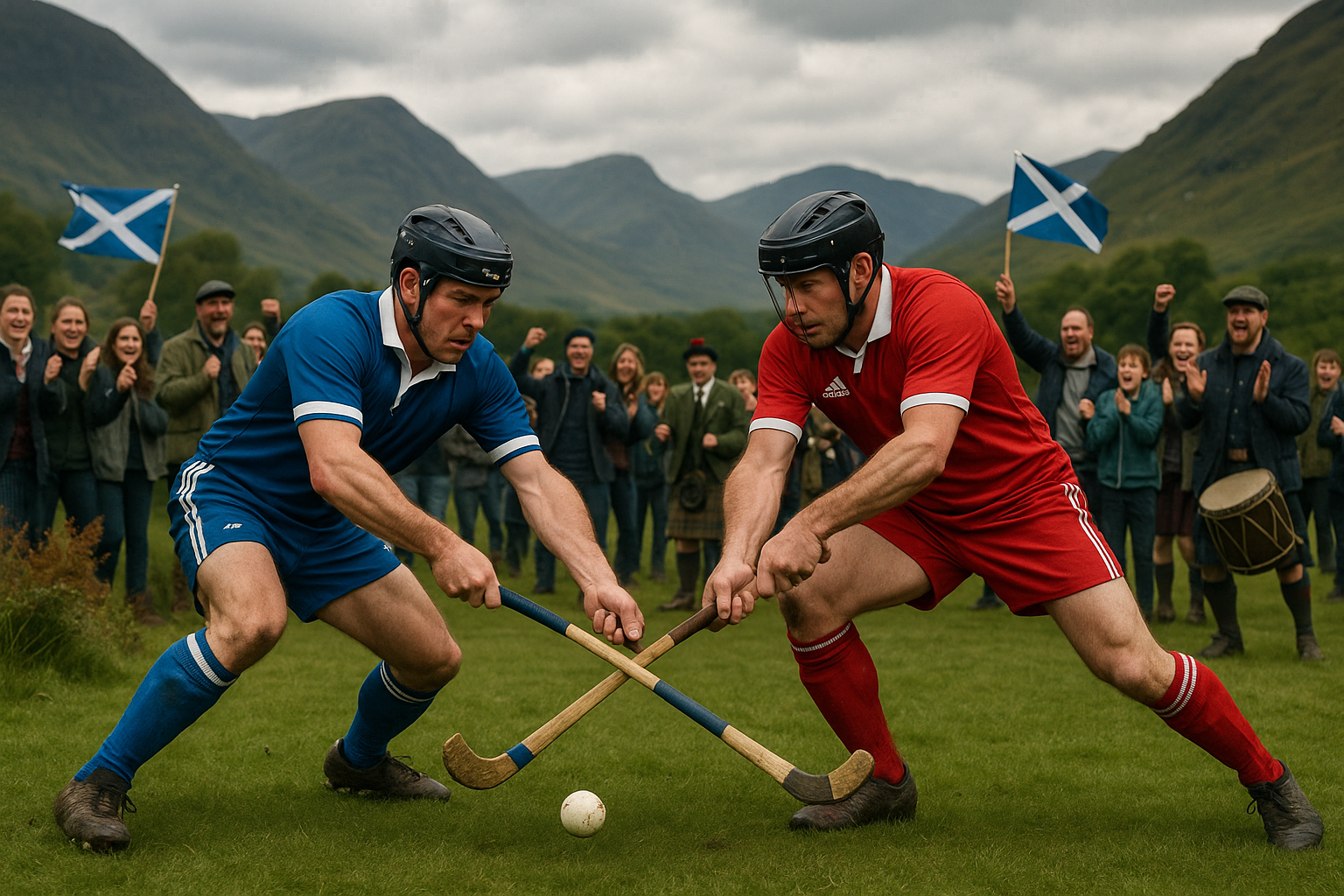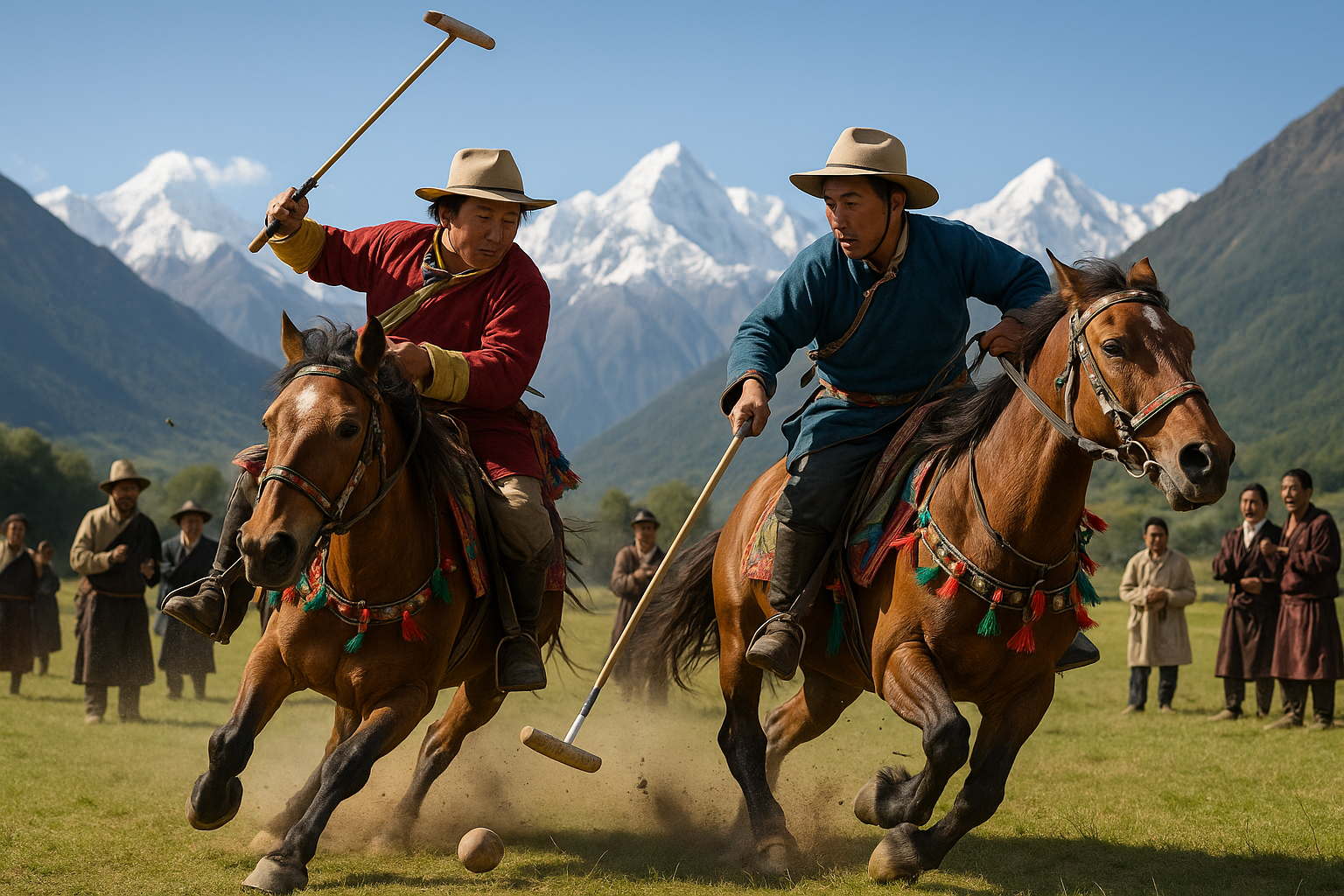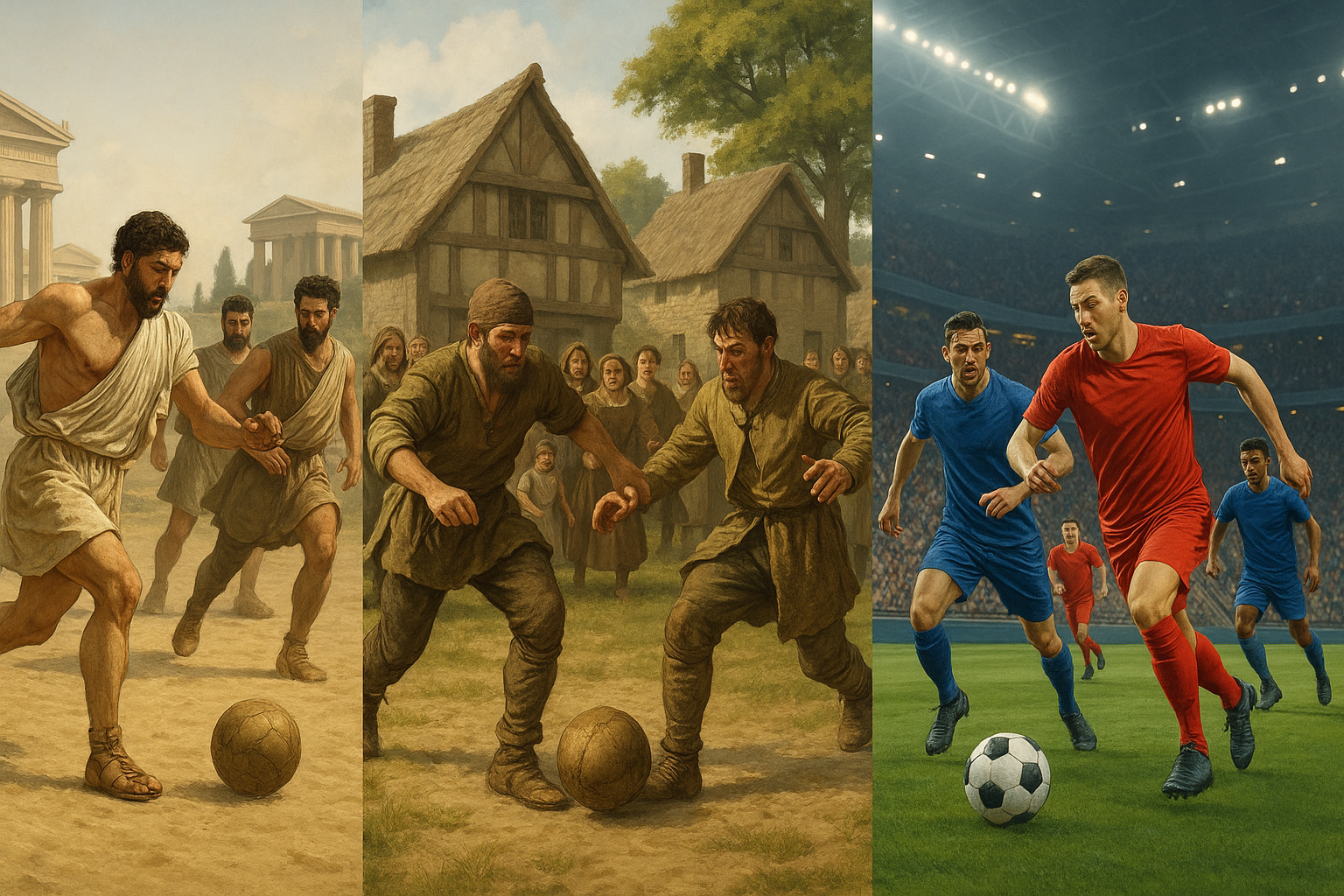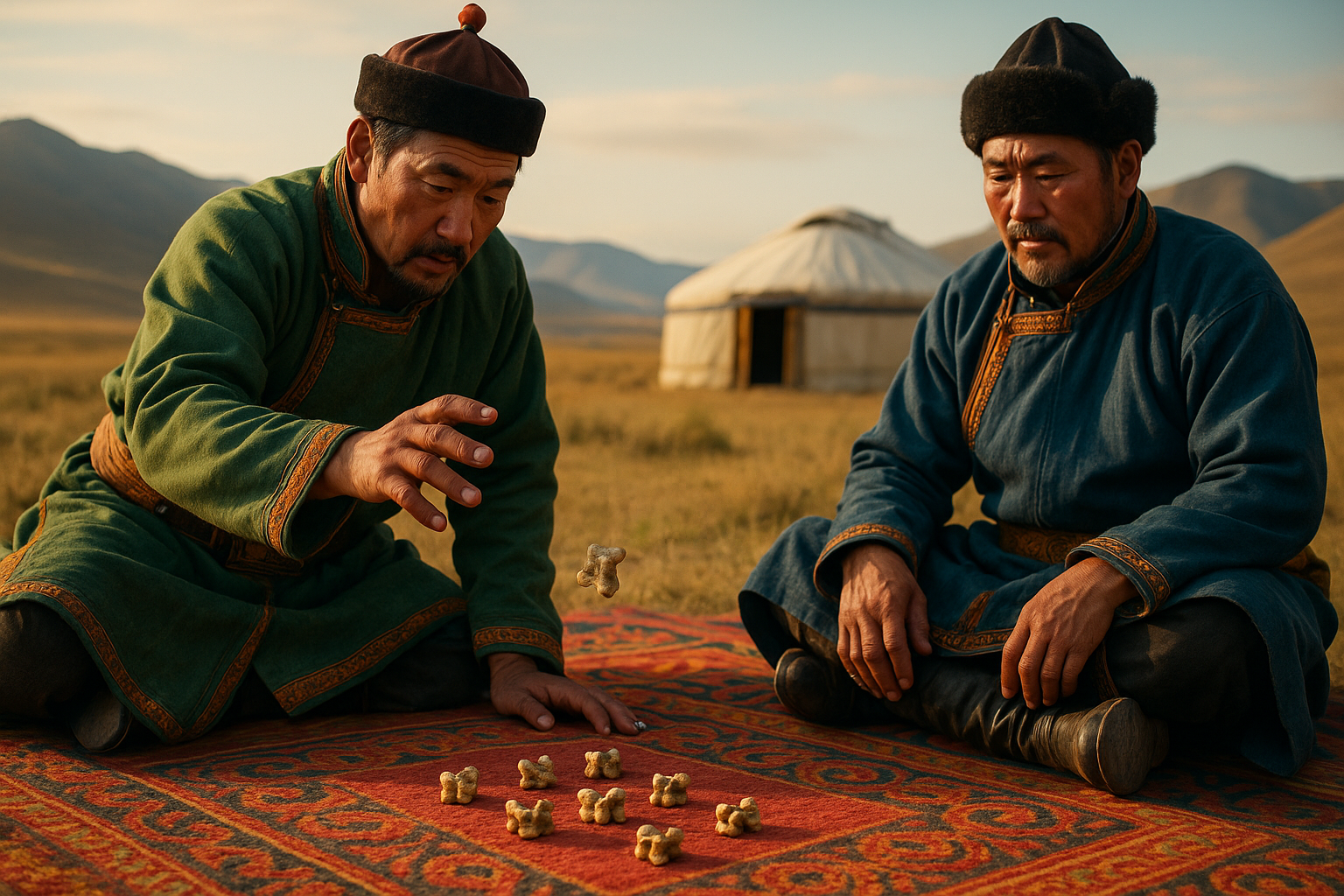In a world dominated by digital entertainment and virtual reality, it’s hard to imagine a time when thrills were found not on screens, but in the heart-pounding reality of clashing steel and galloping horses. Yet, the echoes of this era live on in the captivating spectacle of medieval jousting. Far more than just an ancient pastime, jousting was a demonstration of bravery, skill, and the relentless pursuit of honor. Today, we invite you on a journey back in time to explore the thrilling tradition of medieval jousting as single combat. ⚔️
From the dusty lists of the past to the modern reenactments that still draw crowds today, jousting remains an exhilarating testament to human courage and competition. This blog will delve into the rich history of jousting, exploring its origins, evolution, and the enduring appeal that has allowed it to capture the imagination of people across the centuries.
Jousting, at its core, was more than a mere sport. It was a reflection of societal values, a symbol of chivalric ideals, and a stage upon which knights displayed not only their martial prowess but also their noble virtues. The medieval tournament was a grand affair, complete with colorful banners, noble spectators, and the ever-present aura of danger that could turn a festive day into a somber one.
In this article, we’ll delve into the origins of jousting, tracing its roots back to the military training exercises of knights in medieval Europe. These exercises gradually evolved into organized tournaments that became significant social events, drawing participants from across the continent. As we explore the history, you’ll discover how these tournaments were more than just battles—they were a reflection of the social and political landscapes of the time.
Our journey won’t stop at the historical significance of jousting. We’ll also examine the intricate rules and equipment that defined this noble sport. From the lances and armor to the trained horses that were as much a part of the competition as the knights themselves, every aspect of jousting was meticulously crafted to ensure both safety and spectacle. 🎠
But what truly makes jousting fascinating is the human element. The knights who participated were not just warriors; they were figures of legend and lore. Their stories, often romanticized, have been passed down through generations, adding a layer of myth and magic to the sport. We will explore some of the most famous knights of the jousting arena and the tales of bravery that have become an integral part of our cultural heritage.
As we move forward, we will also take a look at the decline of jousting as a mainstream event and its subsequent resurgence as a popular historical reenactment. How has jousting managed to endure in modern times, and what draws people to recreate these ancient contests? This article will provide insights into the modern revival of jousting, exploring the passion and dedication of those who keep this tradition alive today.
Finally, we’ll reflect on the timeless allure of jousting and its relevance in today’s world. In an age where physical prowess is often overshadowed by digital dexterity, what lessons can we learn from the knights of old? The bravery, honor, and respect that defined jousting are qualities that remain as valuable now as they were centuries ago.
Join us as we uncover the layers of history, culture, and adventure that make medieval jousting a thrilling tradition worth exploring. Whether you’re a history enthusiast, a lover of epic tales, or simply curious about the past, this deep dive into the world of jousting promises to be both enlightening and entertaining. Prepare to be transported to a time when courage was king and every clash of lances could become the stuff of legends. 🏰
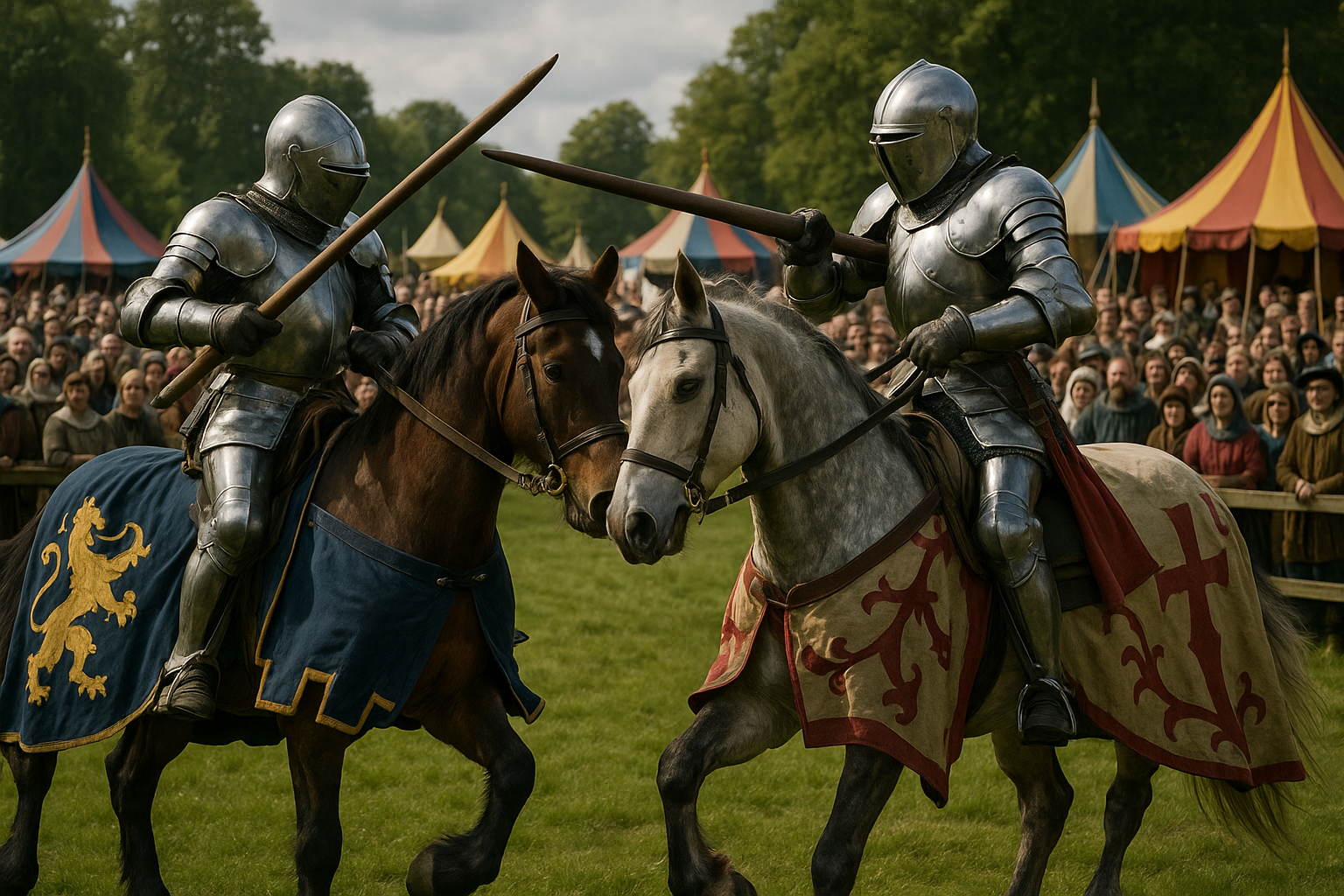
Conclusion
As we draw to a close on our exploration of medieval jousting, it’s clear that this fascinating tradition is far more than just an ancient sport. Jousting was a spectacle of bravery, skill, and chivalry that captivated audiences and participants alike. It was a vivid demonstration of martial prowess, deeply embedded in the cultural and social fabric of the medieval world.
Recapitulating the Journey, we’ve uncovered how jousting evolved from a practical military exercise to a prestigious form of entertainment and competition among knights. This transition not only highlights the changing nature of warfare and society in the medieval period but also underscores the enduring human fascination with competition and heroism. 🏇
Our journey began with the origins of jousting, tracing its roots back to the tournaments of the 11th and 12th centuries. These events were initially chaotic and dangerous, but as they gained popularity, they became more structured and regulated, reflecting the growing sophistication of medieval society.
We delved into the rules and equipment that defined jousting, examining the intricate armor and weaponry that knights used to protect themselves while delivering powerful blows. The development of these tools was a testament to the ingenuity and craftsmanship of the period, blending form and function in ways that continue to inspire admiration today.
Moreover, we explored the cultural significance of jousting, considering how it reinforced the ideals of chivalry and honor that were central to the knightly ethos. Jousting was not merely about physical prowess; it was a demonstration of virtue, courage, and commitment to one’s lord and lady. It was an opportunity for knights to prove their worth and earn glory on a stage watched by the entire medieval world.
The Importance of Jousting in contemporary society cannot be overstated. It serves as a window into the past, offering insights into the values and dynamics of a bygone era. Jousting provides a tangible connection to history, inviting us to appreciate the complexities and achievements of our ancestors. In a world that often prioritizes technology and modernity, the art of jousting reminds us of the timeless allure of bravery, skill, and competition. 🏆
By revisiting jousting, we also recognize the universal themes it embodies. The thrill of competition, the pursuit of excellence, and the celebration of courage are as relevant today as they were centuries ago. These are qualities that transcend time and culture, inspiring us to seek out challenges and strive for greatness in our own lives.
Engaging with History is an opportunity to learn from the past and apply those lessons to the present. As you reflect on the rich tradition of jousting, consider how its principles might inspire you. Whether in your personal pursuits, professional endeavors, or community involvement, the spirit of the joust encourages you to face challenges with bravery and determination.
We invite you to share your thoughts and insights on this topic. What aspects of jousting resonate most with you? How can the ideals of chivalry and competition inform your approach to modern challenges? Your perspectives are invaluable, and we encourage you to join the conversation. Feel free to comment below or share this article with others who might find it interesting. 🤝
To delve deeper into the history and impact of jousting, consider exploring these resources:
In closing, the legacy of jousting is one of enduring inspiration. It challenges us to embrace courage, strive for excellence, and celebrate the rich tapestry of human history. As you go forth, let the lessons of the joust guide you in your pursuits, reminding you that bravery and honor are timeless virtues worth cherishing and upholding.
Thank you for joining us on this journey through history. We look forward to your thoughts and to continuing this conversation in the days to come. Until then, may you find inspiration in the valor and spirit of the knights of old. 🛡️

